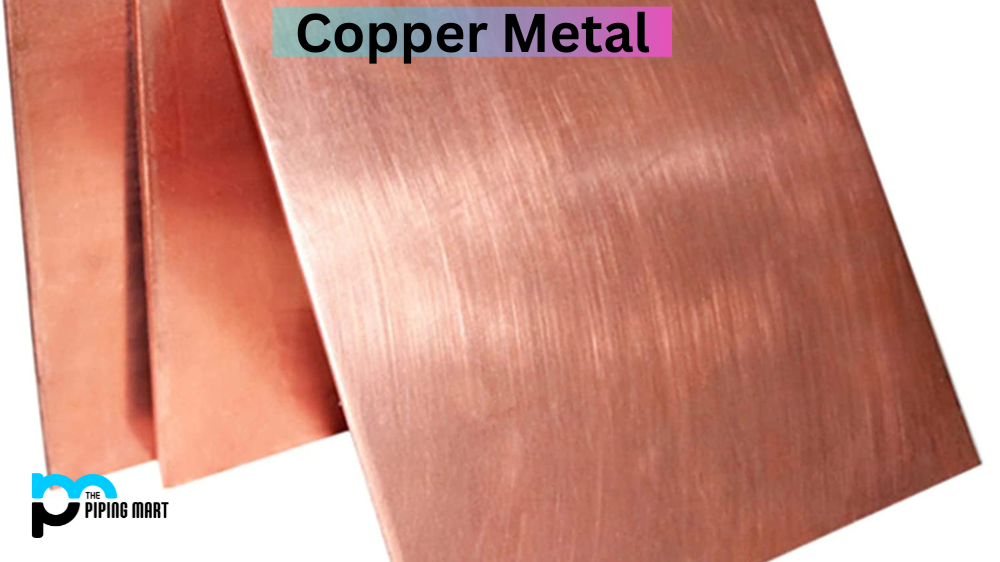Welding is a complex process that requires understanding various tools and techniques. Pipeline welding is a specialized form of welding that requires great skill and precision. If you want to learn how to weld pipelines, this guide will provide an overview of the necessary tools and techniques for successful pipe welding.
Basics of Pipeline Welding
Pipeline welding involves combining two metal pieces together using extreme heat and pressure. This is done by melting the metals at their edges and applying pressure to fuse them. The type of welding used in pipeline welding is known as arc or gas tungsten arc (GTAW) welding, which uses a tungsten electrode to create an electric arc between the metal surfaces being joined.
To successfully weld a pipeline, you must ensure that your work environment is clean and free from debris that could cause contamination during the welding process. Additionally, it is important to be aware of any hazards in your workspace, such as flammable materials or exposed electrical wires. It’s also important that you have the right safety gear, such as goggles, face shields, gloves, and protective clothing, before beginning your weld job.
Several tools can help make the process easier and more efficient when selecting equipment for your pipe weld job. For starters, depending on your specific project requirements, you will need an appropriate welder, such as a MIG welder or TIG welder. You will also need appropriate filler material, such as steel rods or flux-cored wire for your welder, and fluxes for removing impurities from the welded surface. Additionally, it’s important to have proper clamps and jigs for holding pipes in place while they are being welded. These tools can help provide support while reducing the risk of causing deformities due to uneven heating during the welding process.
Finally, you must have adequate ventilation when working with pipelines since fumes can be hazardous if inhaled over long periods without proper protective equipment. Above all else, though, safety protocols must be followed when engaging in pipeline work!
Conclusion:
Welding pipelines can be tricky, but with the right tools and knowledge, it doesn’t have to be a daunting task! With this guide, you now know what tools are required for successful pipeline welding and how to ensure safety throughout your project so that everything runs smoothly from start to finish! Whether you’re just starting or looking for tips on improving your current skillset in pipeline welding, this guide provided some helpful information! Good luck!

Meet Bhavesh, a seasoned blogger with a wealth of knowledge and experience. From metal products manufacturing to retail, Bhavesh has a diverse background in various industries and is dedicated to sharing his insights and expertise with readers.




